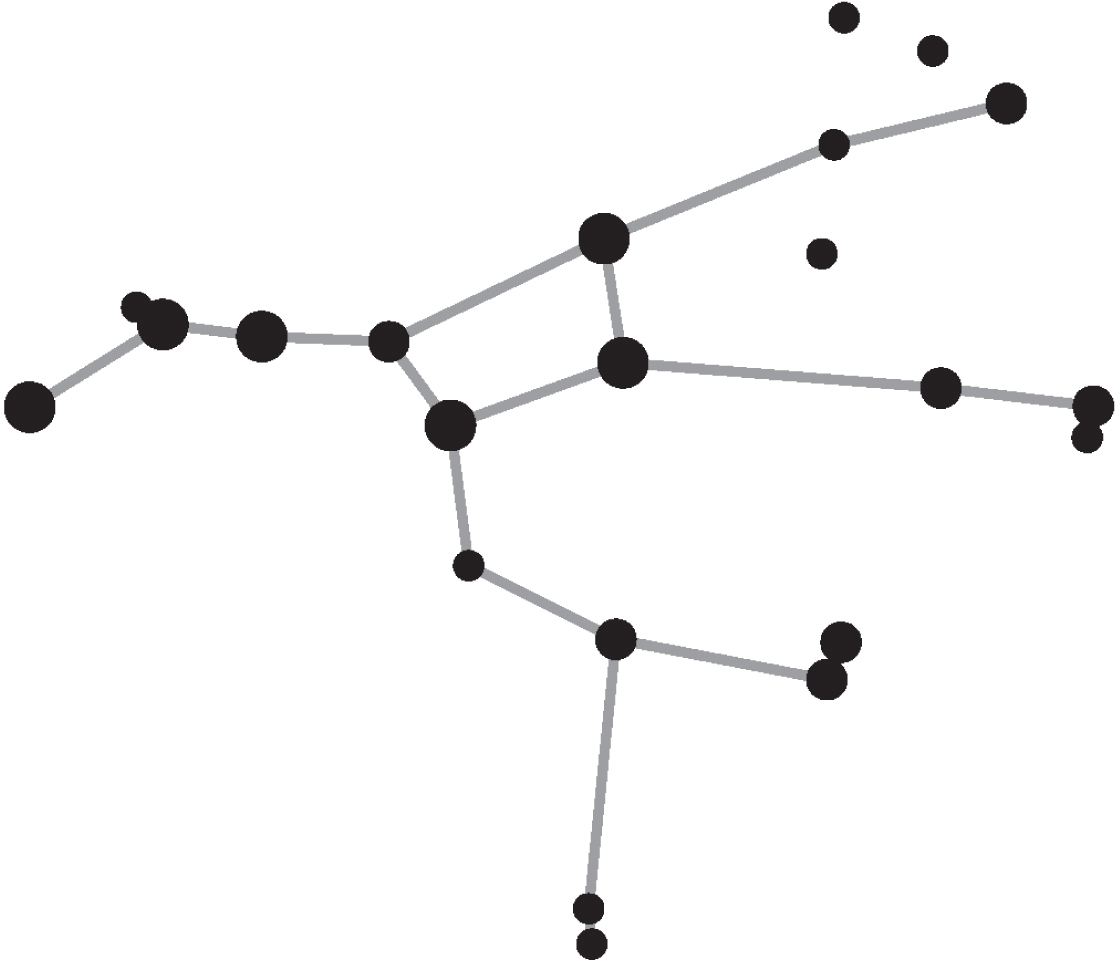In the eighteenth century, the astronomer Louis de La Caille devised new constellations for the southern skies and named them after mundane objects. In the same era, astronomy became more strictly scientific and clinical. It lost much of the humanity that had characterized earlier celestial observations.
Greek mythology had breathed life into the shining constellations—animating the skies with personality and meaning. Ancient astronomers fondly preserved these images of old, even while carefully conducting scientific investigations. But in modern times, more often than not, these images became replaced by lifeless abstractions. The following diagrams illustrate this change by showing identical star groups, with typical modern forms above and ancient forms below.
To add to the problem, recent attempts to depict the constellations according to their ancient designations have fallen short—failing to reflect the original images. The hope here is to see the ancient stars and stories shine again, alongside the scientific study of astronomy. In this way, the boundless beauty and timeless tales of the forty-eight classical constellations may remain, even as they persisted for three millennia.
Andromeda
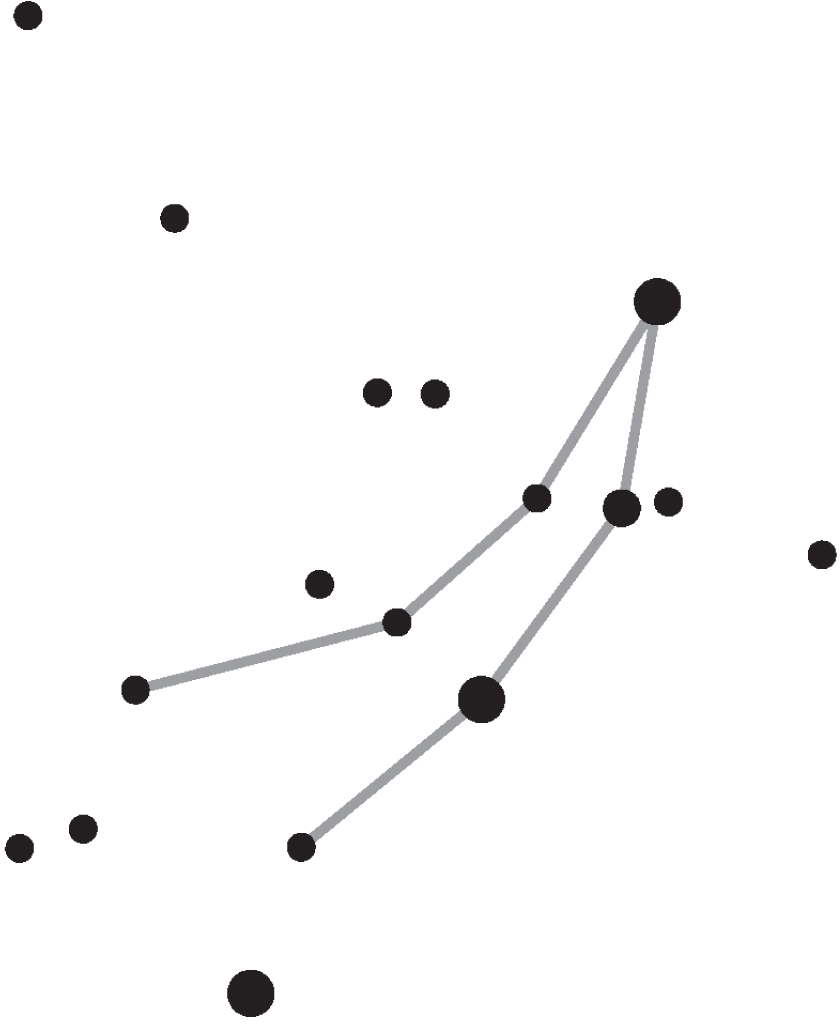

Argo Navis
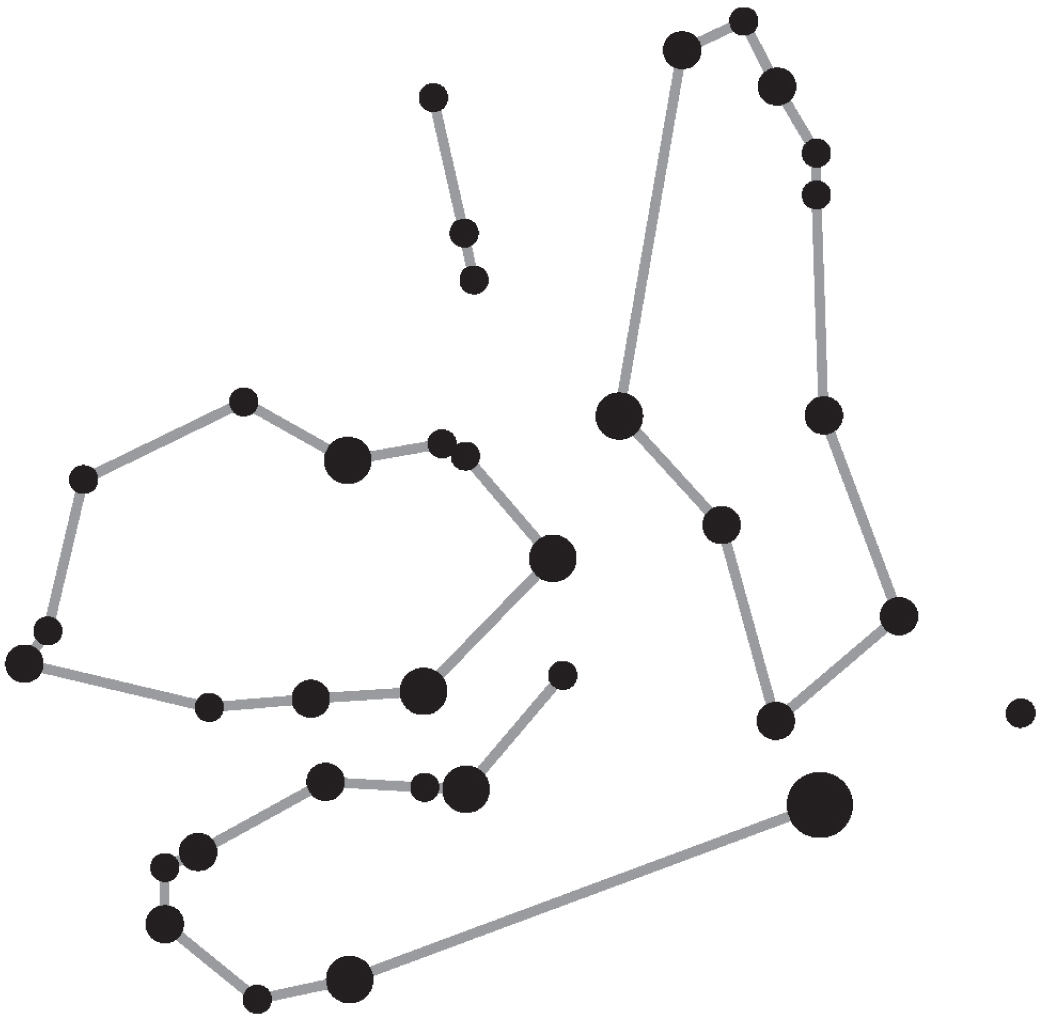

Bootes
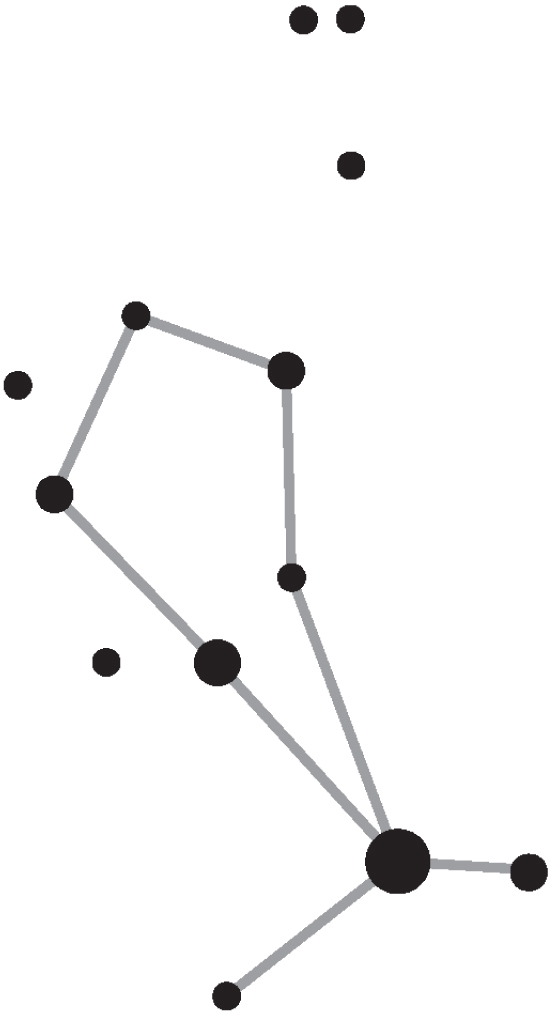
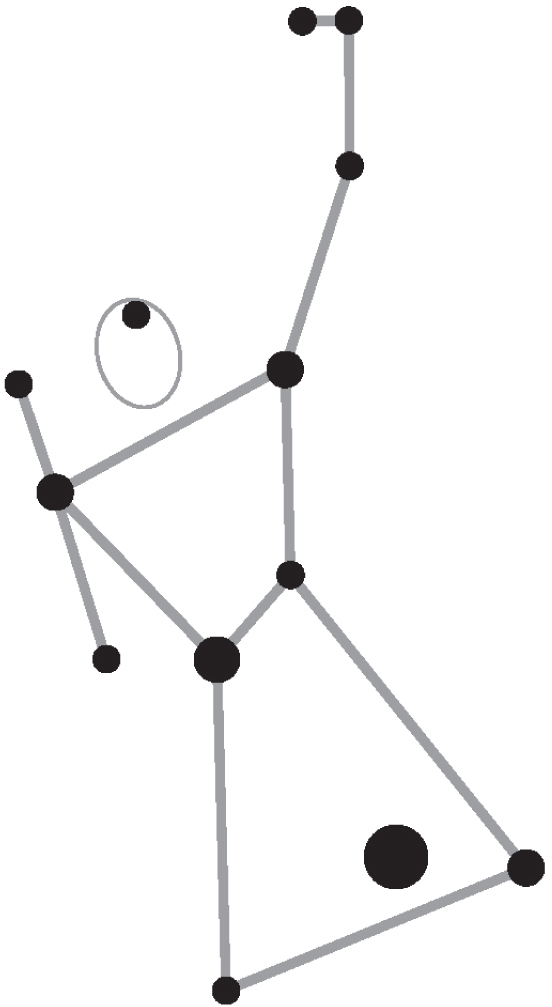
Canis Major
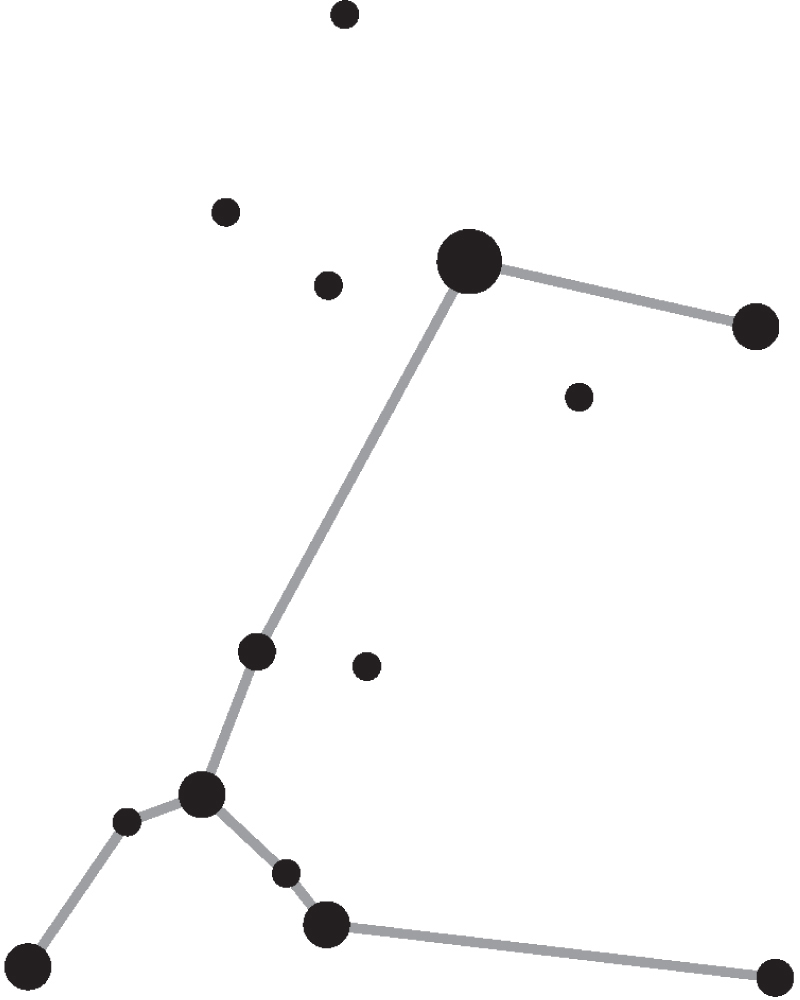

Centaurus
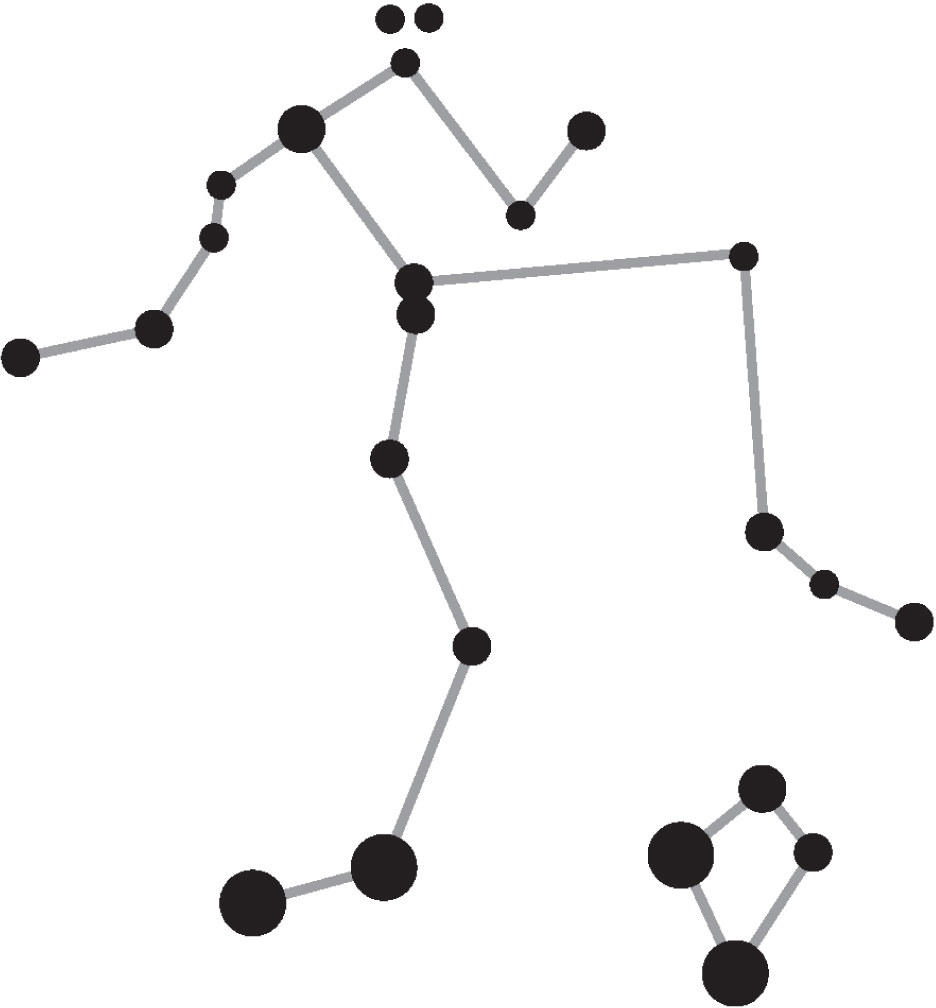
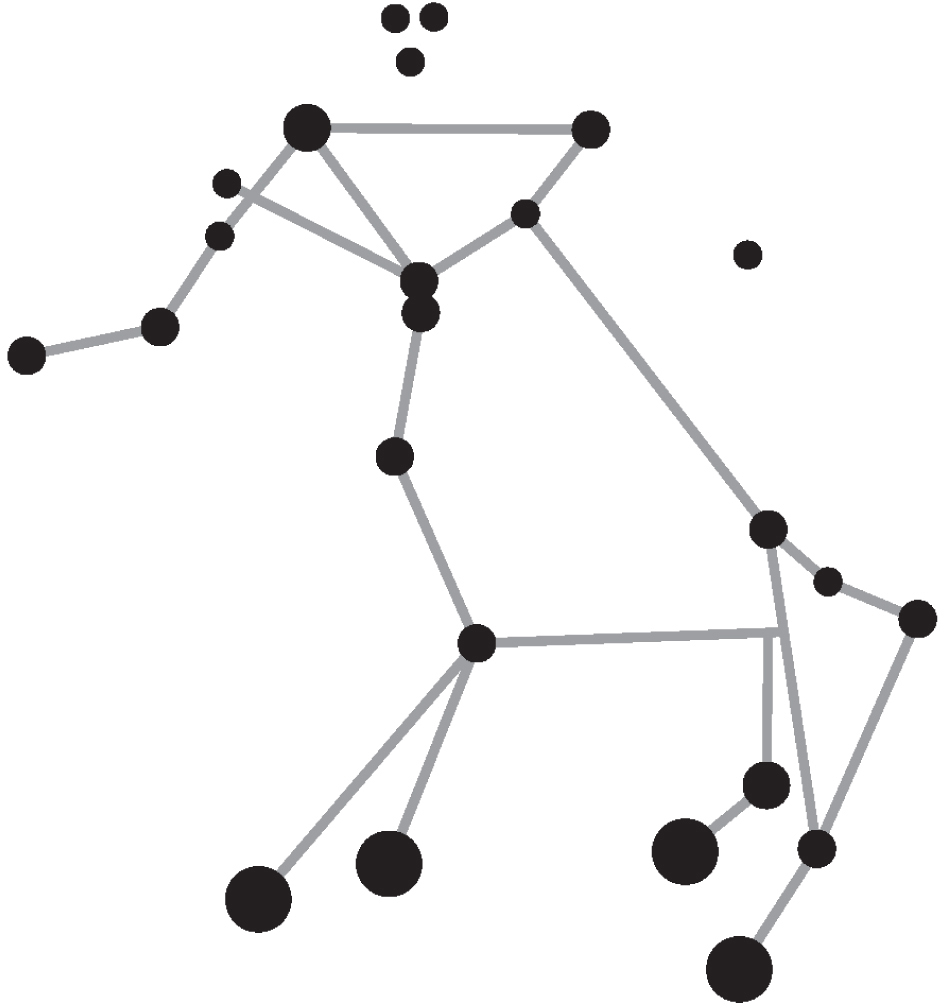
Gemini
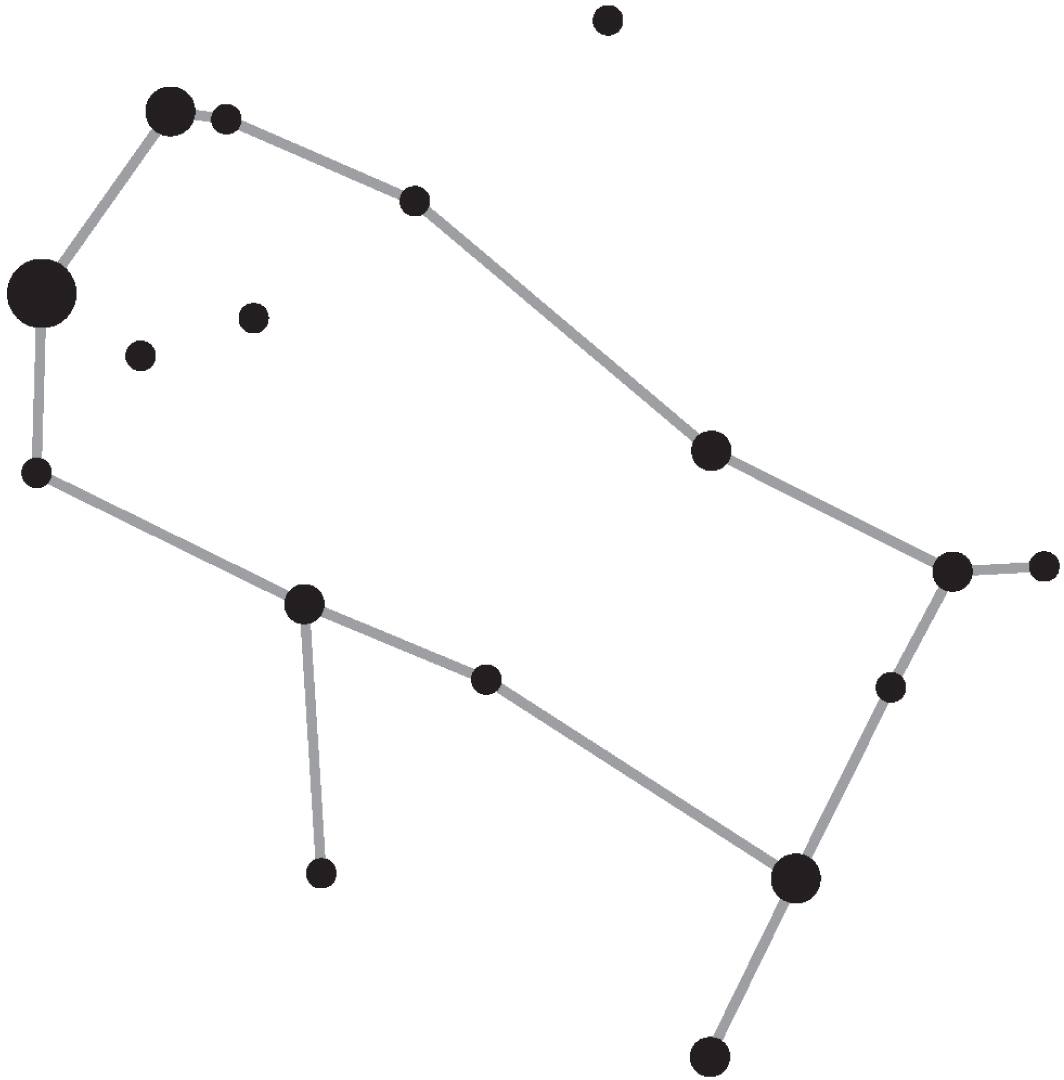
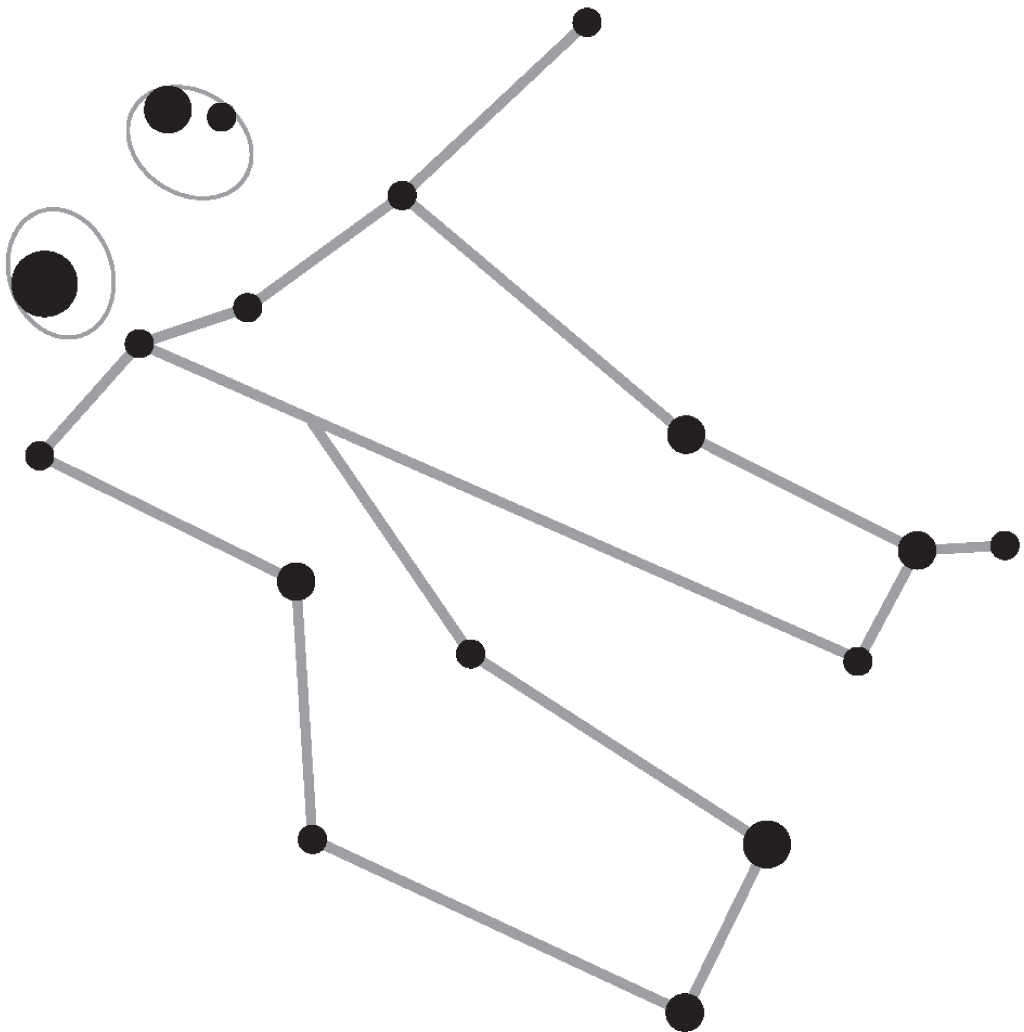
Leo
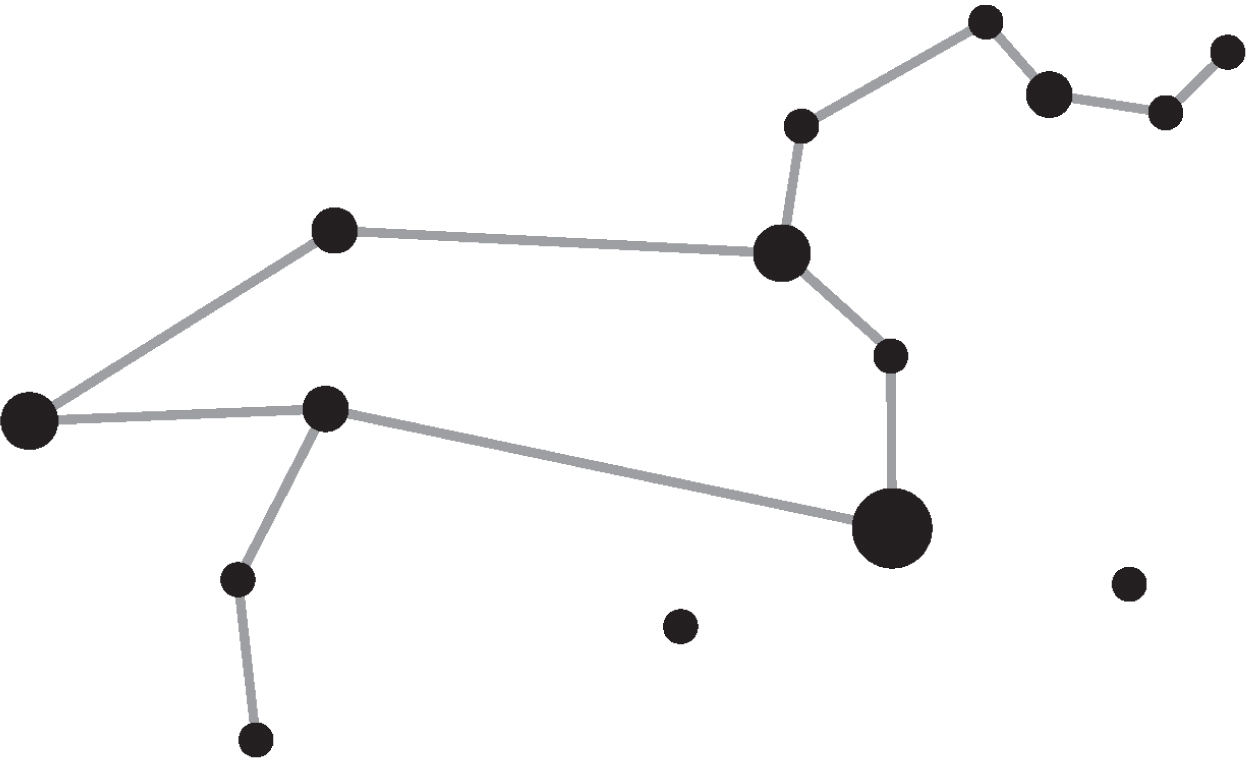
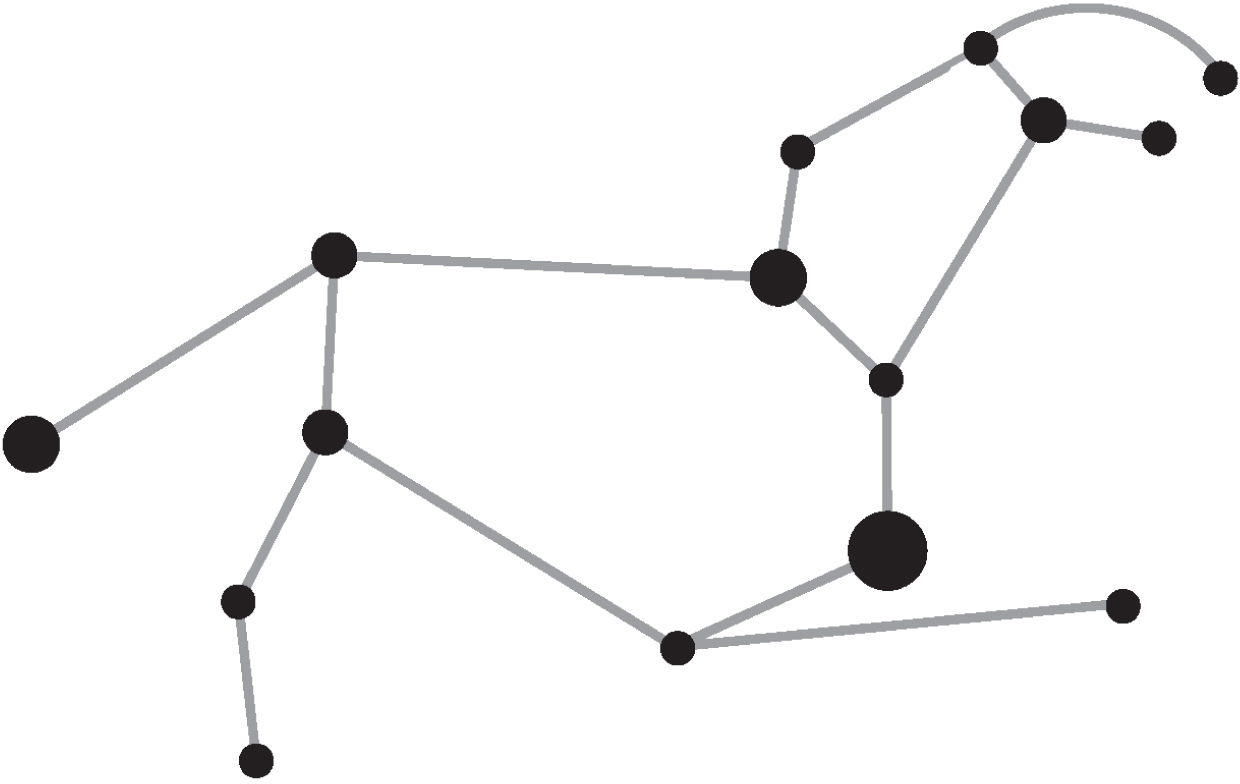
Perseus
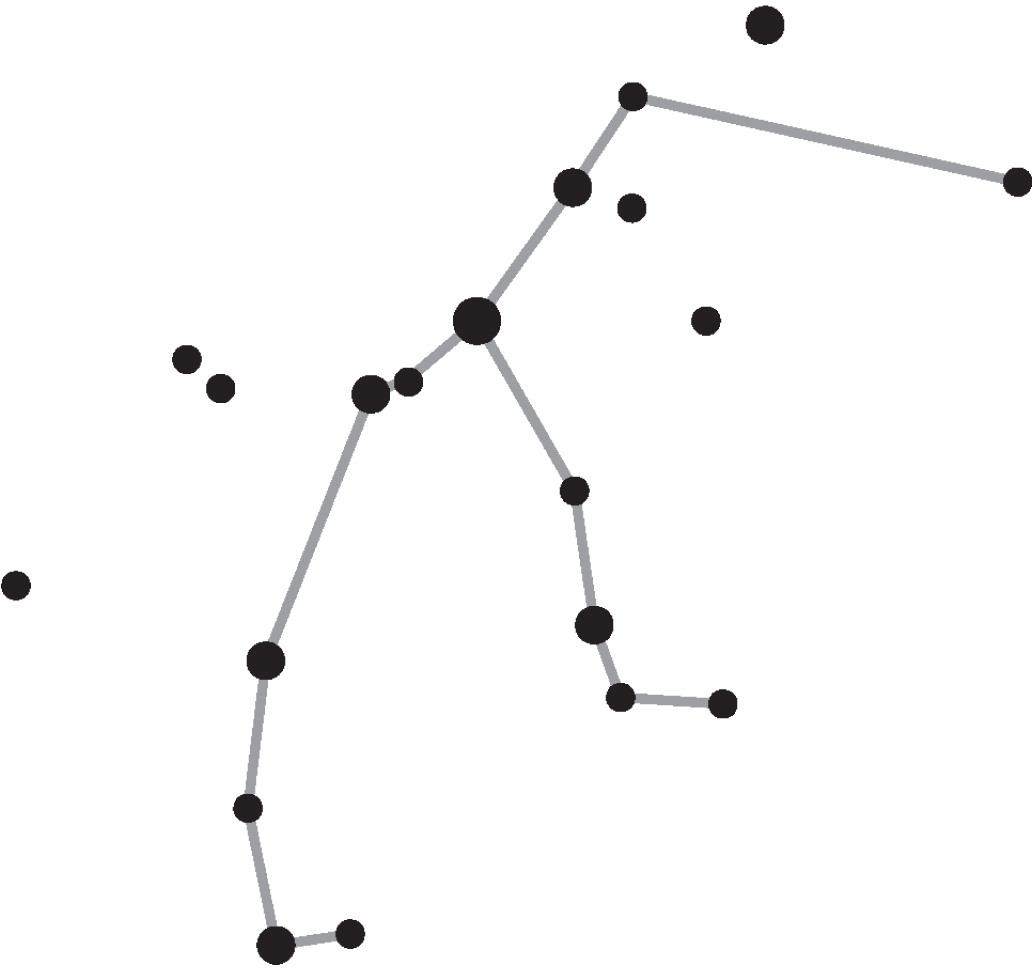

Scorpius-Libra
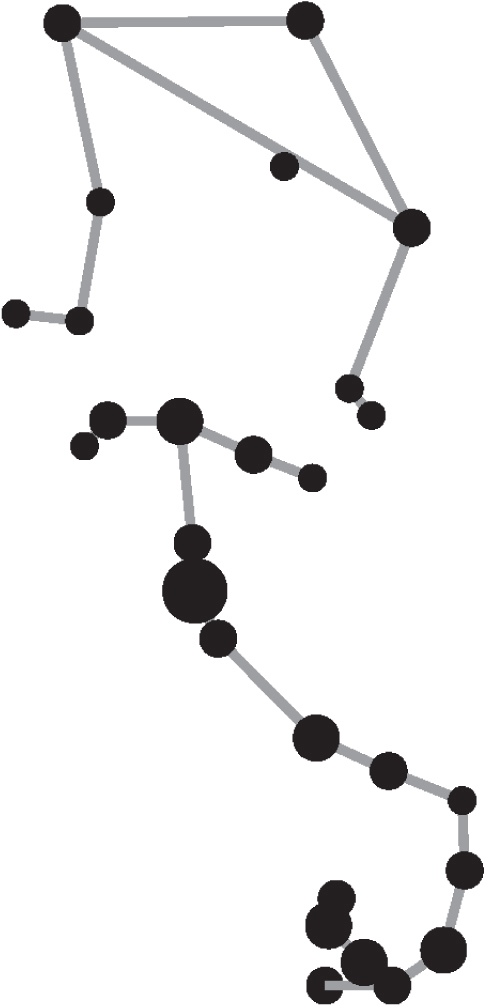
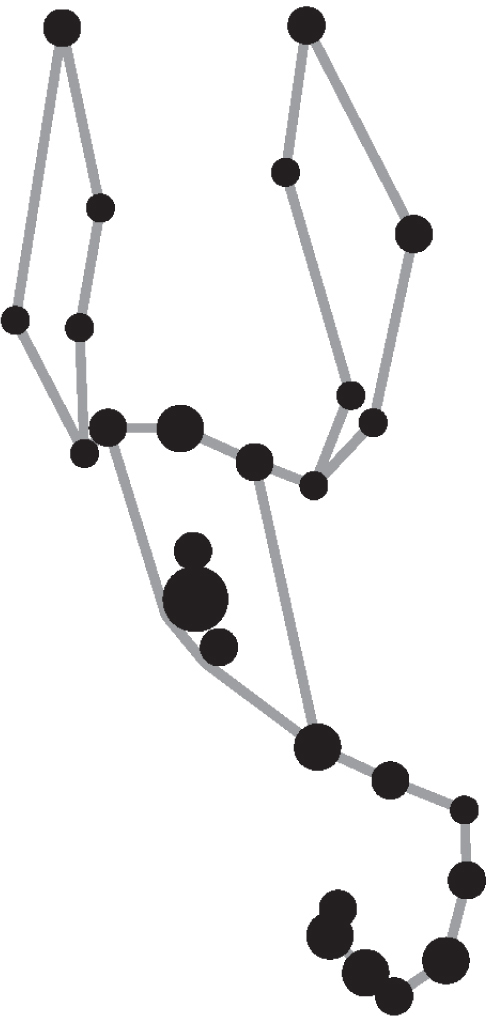
Ursa Major
